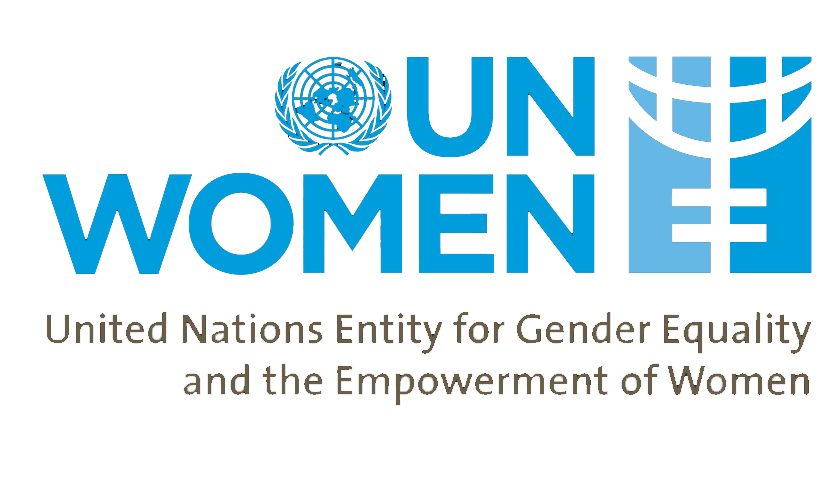The ASA have reminded us of some of their approprate rules on a post on their site on International Women’s Day:
International Women’s Day is a day to celebrate the achievements of women across the globe, as well as a day to call for action to progress gender equality.
The topic of gender inequality has dominated headlines and been widely debated in the media in recent months. However, the ASA has always taken a firm ground on sexism, objectification and inappropriate sexualisation in advertising, mostly in relation to the portrayal of women and girls.
To make sure your ads fall on the right side of the line, here are a few things to bear in mind:
Is it too sexy?
Portraying women in a sexually attractive way would not necessarily mean that your ad automatically breaks the advertising rules, and in some contexts might be acceptable. However, gratuitous and explicit sexual references or images are likely to break the rules.
Similarly, ads that inappropriately sexualise girls who are under the age of 18, or who look like they are, will also be deemed irresponsible under our rules.
Does it objectify women?
Objectification of women means showing women in a way that unduly focuses on their body parts and effectively reduces them to a physical and/or sexual object. This is particularly the case if the image is irrelevant to the product or service advertised and serves no other purpose but to draw attention to the ad, for example, using a partial image of a woman’s naked body to advertise toothpaste or an image of a woman wearing nothing but ski boots and gloves to market an ‘unsexy’ product.
Take care – an ad can also objectify women even if it is not sexually explicit, for example, by using an image of women in bikinis advertising an estate agent or even a pin-up style image in an ad for classic car tyres.
But it’s meant to be funny…
We all love a bit of humour in ads (who doesn’t love a clever pun?!) and the use of innuendos that are light-hearted are usually likely to be acceptable. However, innuendos that contain demeaning language, tone or images, such as the use of female dolls in sexual innuendos or referring to a woman’s bare bottom as a “treat” in an ad for tea cakes, are likely to break the rules.
The ASA published its report ‘Depictions, Perceptions and Harm’ in July 2017, which looked into the effects of gender stereotyping in ads, and whether the current regulation sufficiently addresses the harm or offence, to both women and men, arising from gender stereotypes in advertising. In response to the report, CAP and BCAP are currently consulting on new standards, subject to public consultation, to address harmful stereotypes relating to gender roles and characteristics. So keep an eye out on any further developments by signing up to receive CAP’s Update newsletter or following us on Twitter @CAP_UK.
As with many harm and offence issues, whether an ad is sexist or objectifies women is delicately balanced and often open to subjective interpretation; the ASA always takes into account current social attitudes when assessing these issues. If you are unsure whether your ad is likely to comply with our rules, the CAP Copy Advice team is on hand to help.
Links
https://www.asa.org.uk/news/in-honour-of-international-women-s-day.html
https://www.asa.org.uk/advice-online/children-sexual-imagery.html
https://www.asa.org.uk/advice-and-resources/bespoke-copy-advice/copy-advice-information.html



